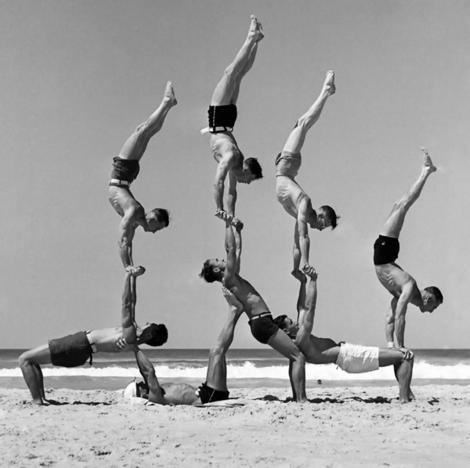I love nothing more than when a client has a lightbulb moment. I live for these moments! Here is one from yesterday:
Client: “I’m not sure if it was right but when I was carrying my shopping home yesterday I tried to focus on keeping my shoulders drawn down and gently squeezing my arm to my side like we have been doing in the exercise you get me to do. I noticed that my shoulder that usually aches a lot after my shopping trip was fine yesterday and thought I’d ask if I was doing the right thing?”
Me: “Hell yeah, you were doing the right thing! That’s what I like to call body awareness, AKA progress! That is EXACTLY what you should be doing every time you carry anything.”
Client: “Ah, I thought it must have been right as my shoulder didn’t hurt”.
The scenario ended with a HIGH 5! ☺
When we make our bodies more aware of good movement patterns and enforce it as a habit that is where CHANGE occurs! Those “AHA” moments are way more effective if the client is taught the biomechanics of a movement, along with the FEEL of it. These movement patterns are then trained and re-inforced in session. When this translates to their lives and they begin to make connections between WHY we are doing what we are in the gym and how it translates to their lives it is hugely empowering for each individual. It doesn’t always make sense when explained during sessions until the connection is made outside of the gym through body awareness.
I always try and train my clients for LIFE, to prepare them for whatever life throws at them and in order for them to achieve functional and pain free lives. Everything we do in-session has a purpose and a direct translation to their necessary function through life, whether it be through sport; certain hobbies; achieving basic pain free functional movement patterns or just being ready for the unpredictable!






